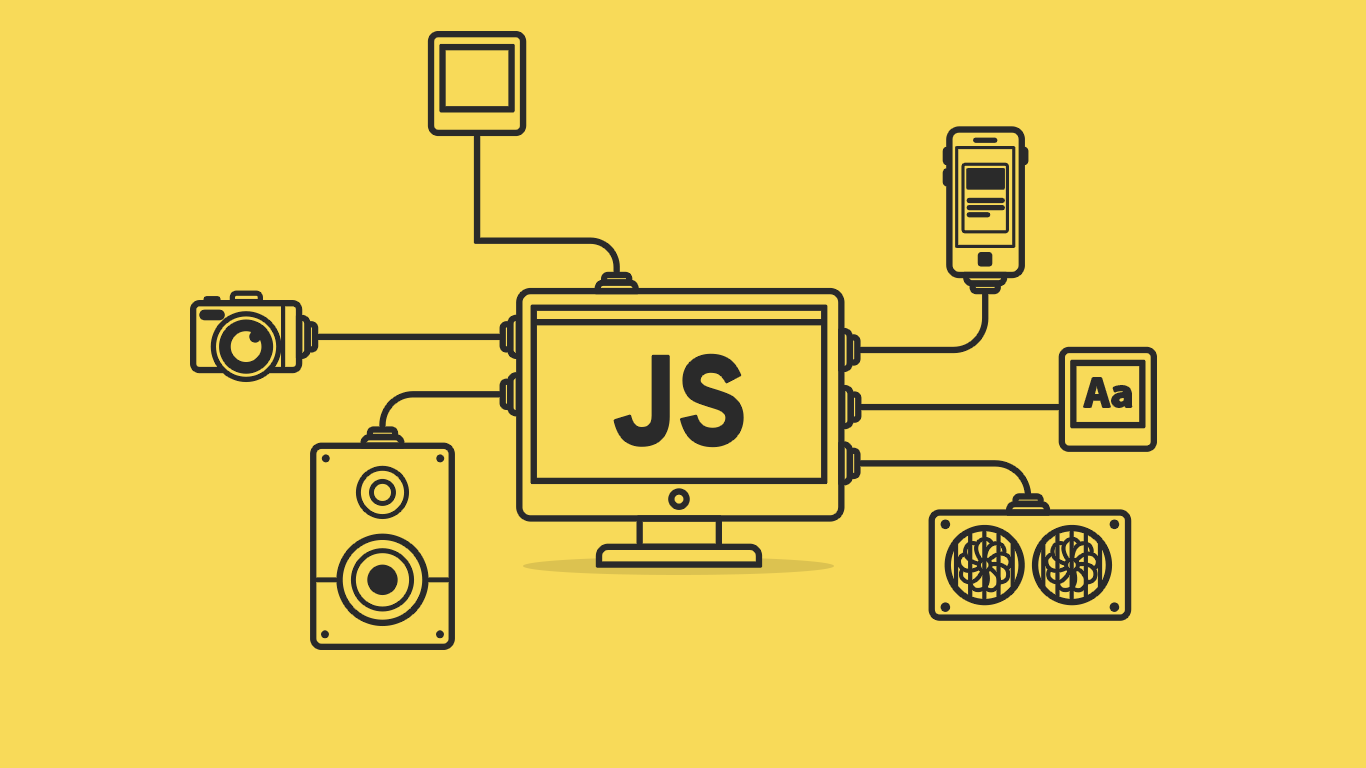
Understanding JavaScript Closures and Currying
Introduction
JavaScript, a powerful and versatile programming language, is the cornerstone of modern web development. Among its many features, closures and currying stand out as fundamental concepts that enable developers to write more efficient, modular, and readable code. This blog post delves into the intricacies of closures and currying, exploring their definitions, use cases, and practical examples to help you harness their full potential in your projects.
What is a Closure?
A closure is a function that retains access to its lexical scope, even when the function is executed outside that scope. In simpler terms, a closure allows a function to "remember" the environment in which it was created.
Example of a Closure:
function outerFunction(outerVariable) {
return function innerFunction(innerVariable) {
console.log('Outer Variable:', outerVariable);
console.log('Inner Variable:', innerVariable);
};
}
const newFunction = outerFunction('outside');
newFunction('inside');
In this example, innerFunction forms a closure, capturing and retaining access to outerVariable even after outerFunction has finished executing. When newFunction is called, it still has access to outerVariable, demonstrating the power of closures.
Practical Use Cases for Closures
-
Data Privacy: Closures can be used to create private variables that are not accessible from the outside scope, mimicking encapsulation found in other programming languages.
function createCounter() { let count = 0; return { increment: function() { count++; console.log(count); }, decrement: function() { count--; console.log(count); } }; } const counter = createCounter(); counter.increment(); // 1 counter.increment(); // 2 counter.decrement(); // 1 -
Partial Application: Closures enable partial application, where a function is pre-filled with some arguments, returning a new function that takes the remaining arguments.
function add(a) { return function(b) { return a + b; }; } const addFive = add(5); console.log(addFive(10)); // 15
What is Currying?
Currying is a functional programming technique where a function with multiple arguments is transformed into a series of functions, each taking a single argument. This allows functions to be reused and composed more effectively.
Example of Currying:
function multiply(a) {
return function(b) {
return function(c) {
return a * b * c;
};
};
}
const result = multiply(2)(3)(4);
console.log(result); // 24
In this example, multiply is a curried function that takes three arguments in three separate calls, ultimately returning the product of the arguments.
Practical Use Cases for Currying
-
Function Composition: Currying simplifies function composition by enabling the creation of reusable, modular functions.
function greet(greeting) { return function(name) { console.log(greeting + ', ' + name); }; } const sayHello = greet('Hello'); sayHello('Alice'); // Hello, Alice sayHello('Bob'); // Hello, Bob -
Event Handling: Currying can be particularly useful in event handling, where event-specific logic can be pre-configured.
function addEventListenerWithLogging(element, eventType) { return function(handler) { element.addEventListener(eventType, function(event) { console.log(`Event: ${eventType}`); handler(event); }); }; } const button = document.querySelector('button'); const clickLogger = addEventListenerWithLogging(button, 'click'); clickLogger(function(event) { console.log('Button clicked!'); });
Conclusion
Understanding and leveraging closures and currying can significantly enhance your JavaScript programming skills. Closures offer a powerful way to manage scope and create private variables, while currying enables cleaner and more modular code through function transformation. By incorporating these concepts into your development practices, you can write more efficient, maintainable, and elegant code. Happy coding!